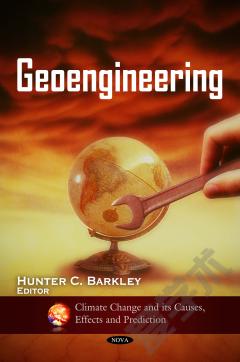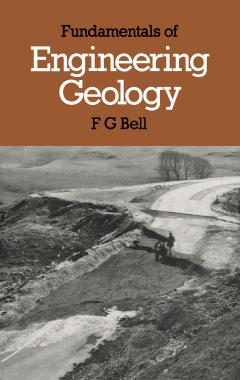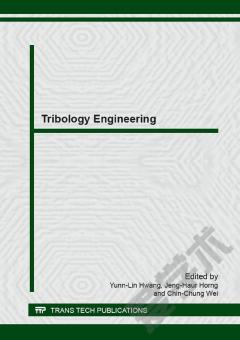Geoenvironmental Engineering
The global environmental problems and the demographic problem, which are the focus of the geoenvironmental engineering practice, and the actions toward restoration of the environment are the subjects of this chapter. In seeking solutions to restore the degradation of the environment, we need to consider the interconnecting nature of the various ecosystems and be aware of the developments in various allied disciplines and how these may impact on developing and implementing sound engineering solutions to various environmental problems. The impact of the exploitation and utilization of the natural systems by nations on the depletion of natural resources; elimination of species; flora and fauna local and regional changes; and deterioration of the environment through solid and liquid waste, air and water pollution, and by greenhouse gases is summarized with case studies from around the world. It is also highlighted that the impacts upon the natural systems vary geographically, depending on the existing states of both the natural environment and the economy, but in many cases these impacts extend to a regional or even a global scale. This chapter also discusses evidences of global environmental impacts such as: (a) pollution of air, land, and water, due to accidents during the transportation of oil or other products by ship, plastic debris in the rivers and oceans, effluent discharge into fresh water bodies; (b) water scarcity and degradation; (c) growing quantities of wastes as a result of chemical product utilizations in all human activities, from agriculture to medicine, to energy and industrial and manufacturing processes, to everyday products; (d) trans-boundary movement of hazardous waste; (e) acid rain; (f) deforestation and land degradation; (g) desertification and soil erosion; (h) depletion of the ozone layer; and (i) the decreasing species of wildlife. The greatest emphasis is given here to global warming and climate change, where, according to all scientific evidence the question no longer is if, but how abruptly a global climate change will happen. Several examples are provided of the most recent information on glaciers and ice sheets melting, extremes in the hydrologic cycle, rise in sea temperature and level, and flora and fauna changes as result of the global warming. This chapter also provides references and excerpts from important national and international conventions and legislation regarding the topics addressed. We further discuss the interconnections between global environmental problems and highlight the importance of the following: 1. Current processes are characterized by a nonlinear behavior and we lack the scientific understanding to predict what alterations in one would entail for another process. This means that we do not know the tipping point, which when reached changes can become unpredictable and the magnitude and impact of events may not be of the same order of what was experienced in the past. 2. If the present generation does not come up with adequate protective measures and solutions, and the environment continues to deteriorate on a global scale, many unpredictable events of large scale can eventually be faced by the next generation altering drastically its living conditions. Therefore it is urgent to comprehensively step up conservation efforts of the global environment, with a far-reaching long-term perspective that transcends the generations. 3. Development of solutions to restore the degradation of the environment is complicated by the interconnecting nature of the various ecosystems, i.e., atmosphere, hydrosphere, geosphere, and biosphere that constitute the land. This means that a cooperative and holistic global effort should be considered in developing a viable solution to global environmental problems. 4. Global environmental issues interlock in forming a group of issues which, with the joint cooperation of the international community, need to be comprehensively addressed under a broad and long-term perspective. It is important that all nations take up conservation of the global environment as an important policy task and take initiatives in realizing sustainable development on a global scale. All of the above pose great challenges to modern geoenvironmental engineers as they need to expand significantly their traditional knowledge base and professional role to consider as integral part of their activities an assessment of projects' impact on ecosystems, air, water, and land, and in many cases, consider this beyond a limited, local level. We hope that this chapter aids in this goal of promoting a new definition of geoenvironmental engineering that is urgently needed to address current needs.
{{comment.content}}








 京公网安备 11010802027623号
京公网安备 11010802027623号